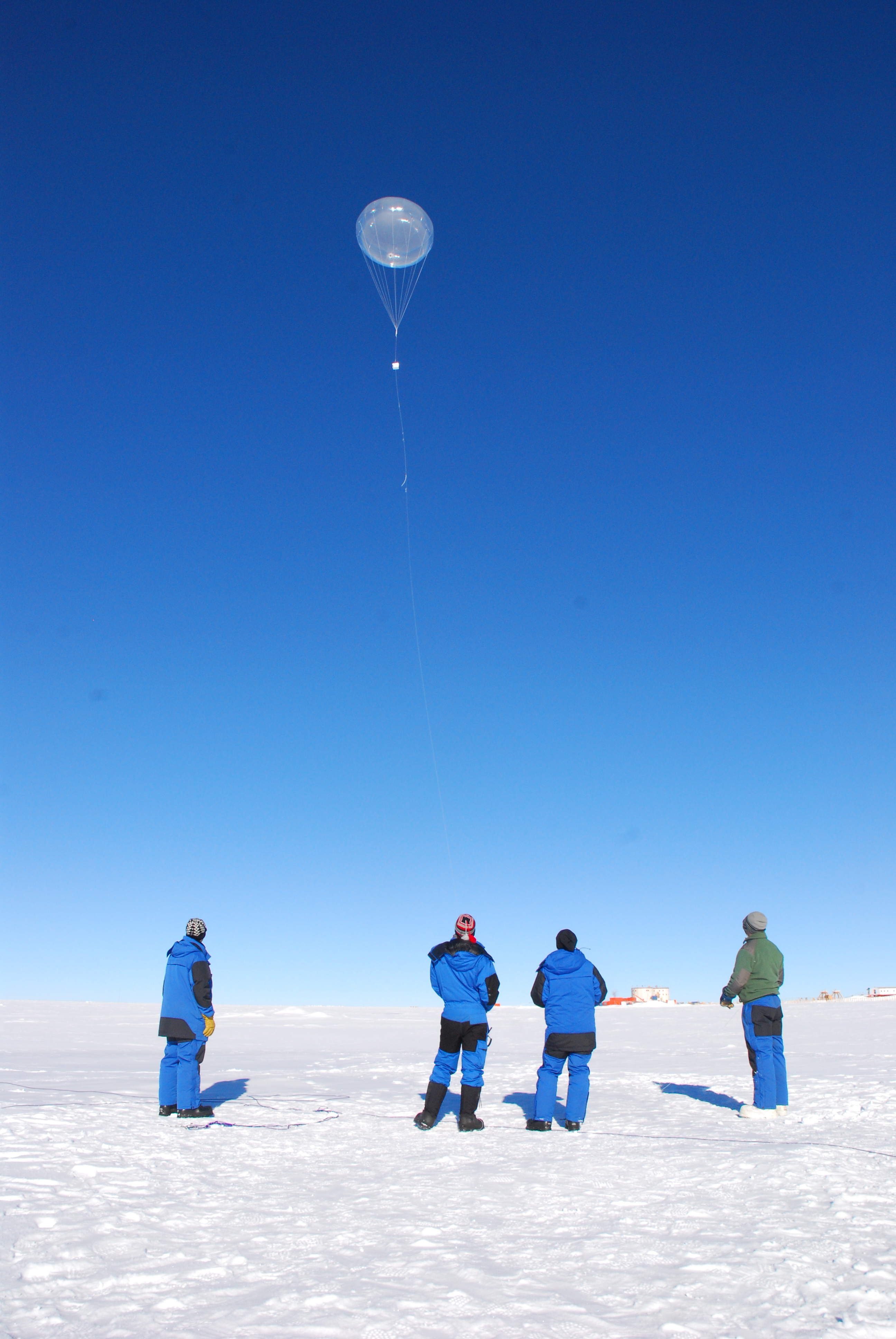incoming radiation intensity
Type of resources
Available actions
Topics
Keywords
Contact for the resource
Provided by
Years
Formats
Representation types
-
Cime bianche, Colle Superiore di Cime Bianche, (Valtournenche, Aosta), +398720 +5086095; Valle d'Aosta region
-

Cap Prud'homme (CAP) is located on the coast of the Antractic Ice sheet (Dumont d'Urville station). Mass balance is measured alo,g 3 different stake networks at the camp and over 150 km inland. Meteorological information are recorded at 2 stations. Dynamics of the ice is measured on the Astrolabe glacier. CAP is a part of the French Glacier Observatory GLACIOCLIM/CRYOBS-CLIM.
-
None
-
Acid alpine grassland on a ridge extending westward from the summit of Mount Kralova Hola in Low Tatra Mountains, Slovakia. Vegetation at the site belong to the alliance Juncion trifidi and it is dominated by graminoid species, including Oreochloa disticha, Festuca supina and Agrostis rupestris, with lower cover of forb and dwarf shrub species.
-
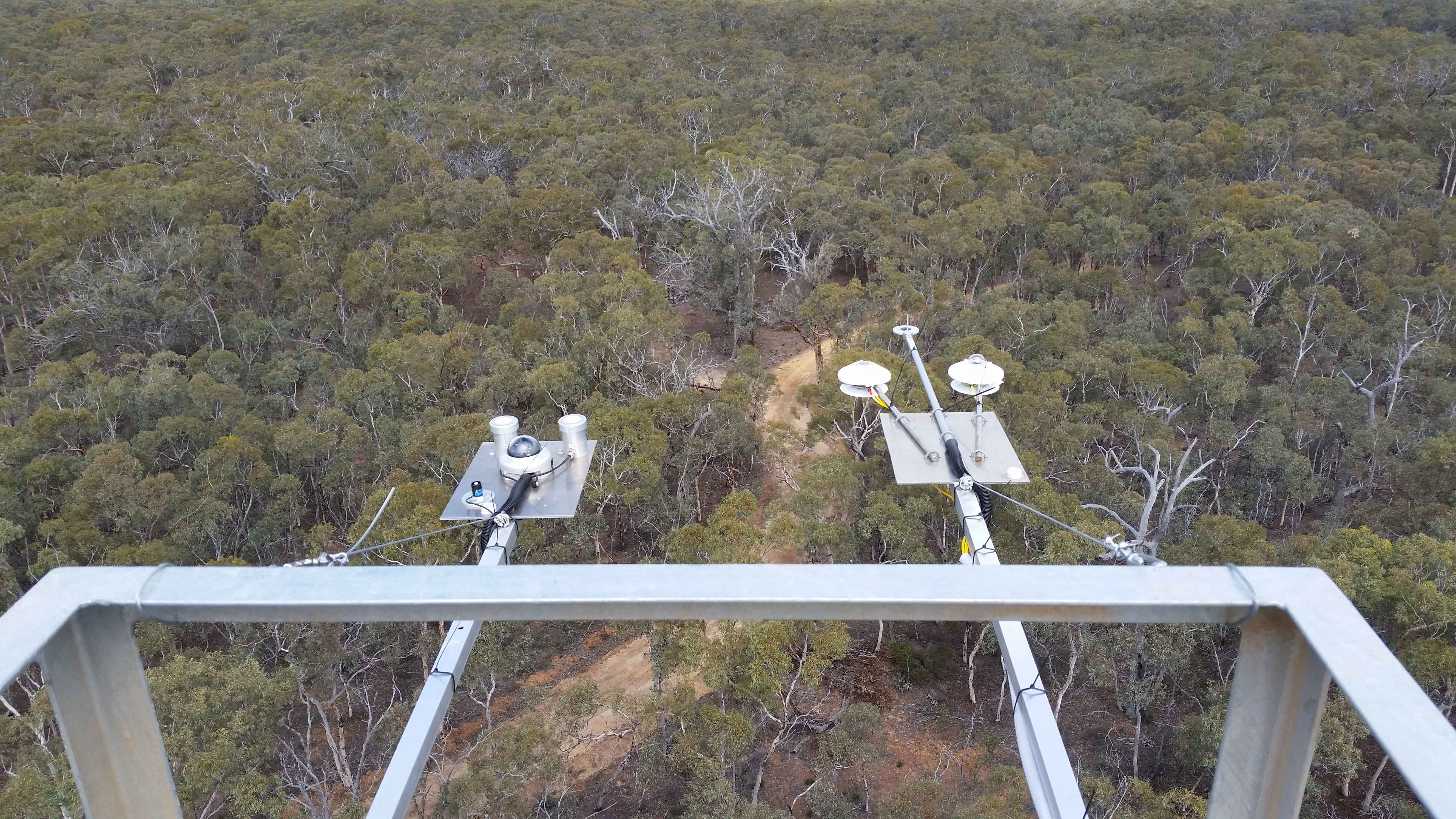
The Boyagin Wandoo Woodland SuperSite was established in September 2017 by the University of Western Australia. Located in the Boyagin Nature Reserve, approximately 12 km west of Pingelly, Western Australia the SuperSite monitoring activities complement the Avon River Catchment Critical Zone Observatory at the UWA Future Farm in Pingelly that focusses on managed landscapes (rotational dryland wheat cropping and grazing pastures for sheep). The climate is Semi-arid (Dry) Warm Mediterranean. The Boyagin SuperSite is collocated with the Land Ecosystem Atmosphere Program (LEAP) - Boyagin. Boyagin SuperSite is located in the Avon Wheatbelt (AW2-Re-juvenated Drainage subregion) and has a high density of rare and geographically restricted flora and supports populations of several marsupials subject to fox predation (Numbat, Quenda, Woylie, Tammar, Red-tailed Phascogale, Brushtail Possum) that have disappeared from most of the Australian or Western Australian mainland. The Noongar people are the traditional owners at Boyagin.
-
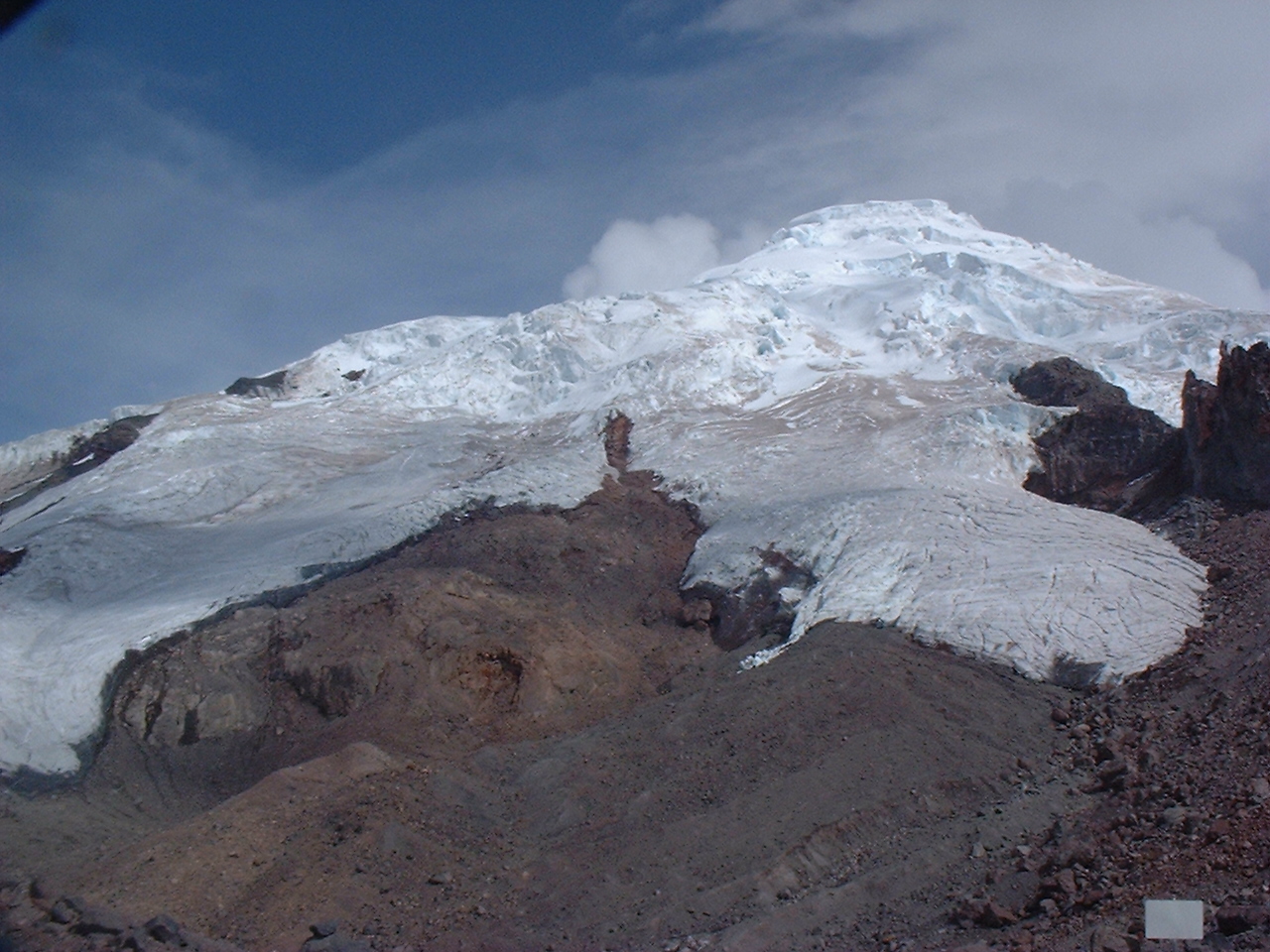
Antizana 15 alpha Glacier is one of the 17 tongues of the Antizana volcanoe in Ecuador, from 4820 to 5760 m a.s.l..
-
Concordia is a joint French-Italian research facility opened in 2005 on the Antarctic Plateau, Antarctica (-75.1, 123.33), managed together by PNRA (Italian National Antarctic Programme) and IPEV (Institut Polaire Francais Paul Emile Victor). It is built at 3,233 m above sea level on the third highest summit of Antarctica: Dome C.
-
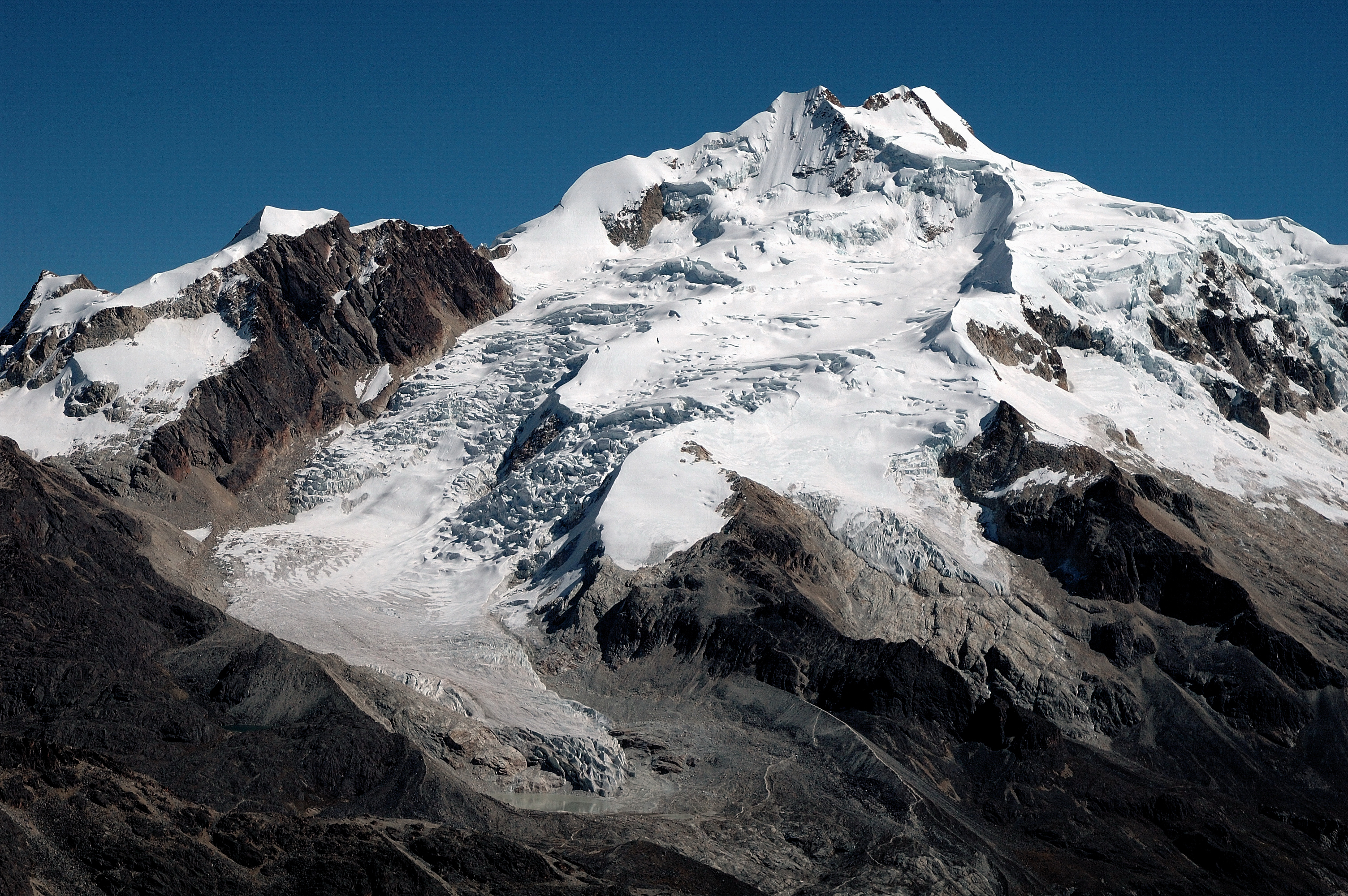
Zongo Glacier is located in the Huayna Potosi region (Cordillera Real, Bolivia) 30 km north of La Paz city, between the dry Altiplano plateau in the west and the wet Amazonian basin in the east, under outer tropics meteorological conditions (strong seasonality in precipitation, low seasonality in temperature).
-
Mera glacier (MER) is located in Nepal, near the Khumbu valley. This glacier is free debris cover. Mas sbalance and dynaic measurements were initiaited in 2007. In addition, meteorological observations complete the data base. 2 weather stations are on the moraine and on the glacier itself. MER is a part of the French Glacier Observatory GLACIOCLIM/CRYOBS-CLIM. All the series on Mera glacier (MER) are unique and necessary for glaciological studies because Himalaya is still partly unknown in terms of future evolution. Data permit to calibrate models in order to determine future glacier evolution. Mera data are also unique to test hydrological model in the catchment.
-
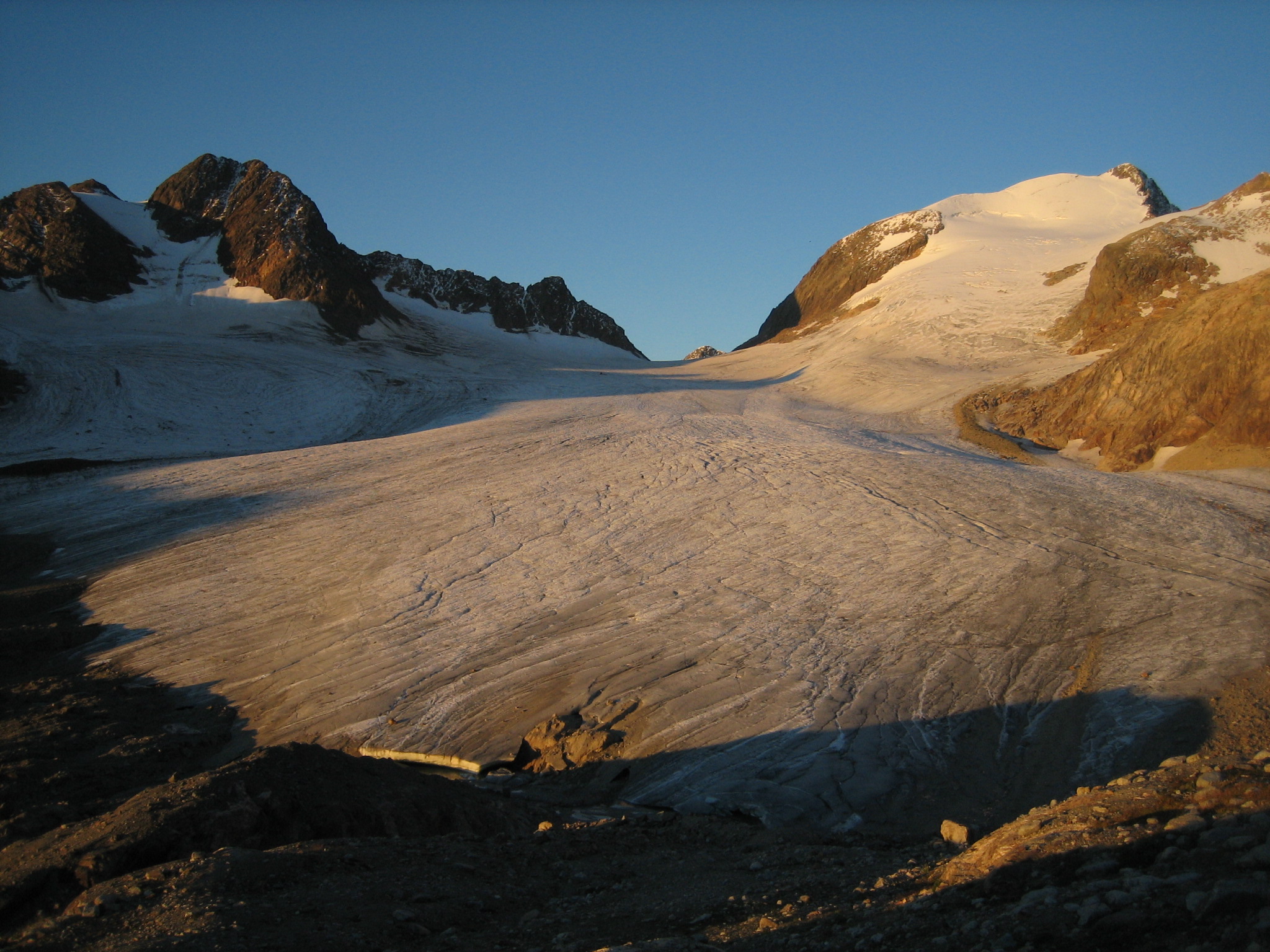
Saint-Sorlin glacier (SSO) is located in the Arvan valley, between 2700 and 3400 m altitude. The glacier is situated in the Grandes Rousses massif, and one of the glaciers with longest records of glacier mass balance worldwide. Data series are continuous and cover few decades (more than 50 years of mass balance measurements).This site is also characterized by the complete glaciological parameters performed annually to complete annual and seasonnal mass balance : ice velocity, ice thickness variation, snout position.In addition, meteorological observations complete the data base. 1 weather station, running since 2005, is located on the moraine, close to the snout of the glacier. SSO is a part of the French Glacier Observatory GLACIOCLIM/CRYOBS-CLIM.


